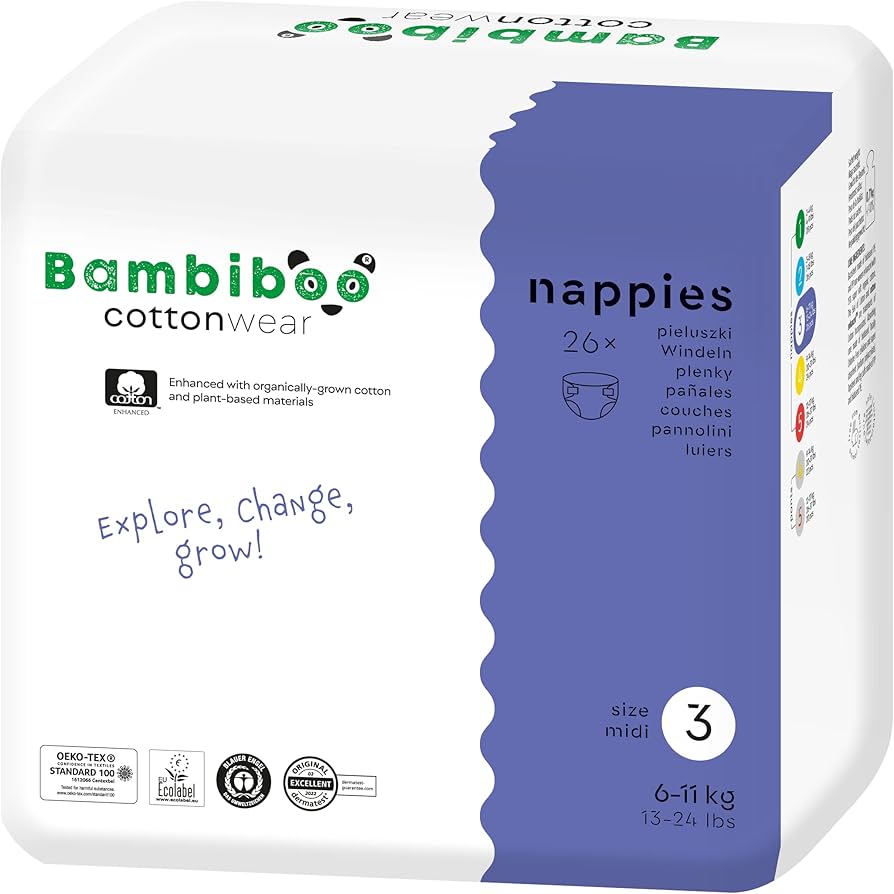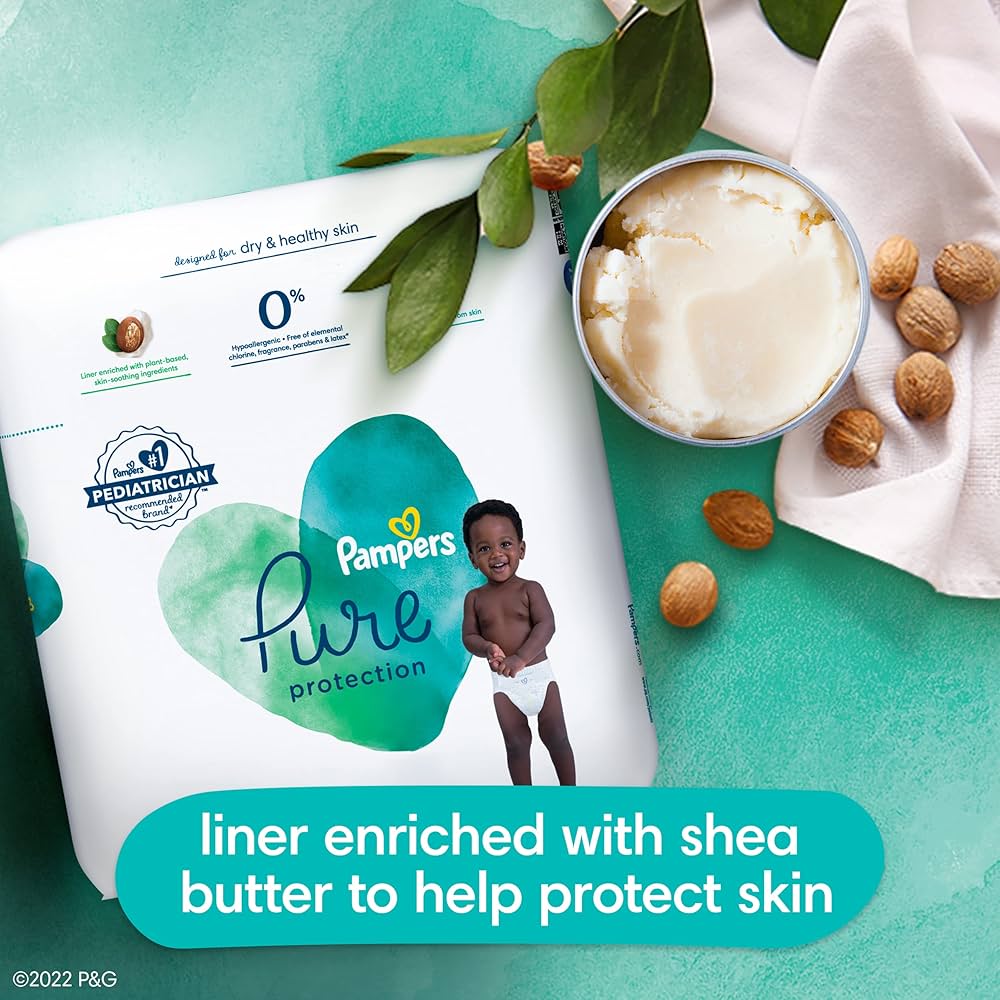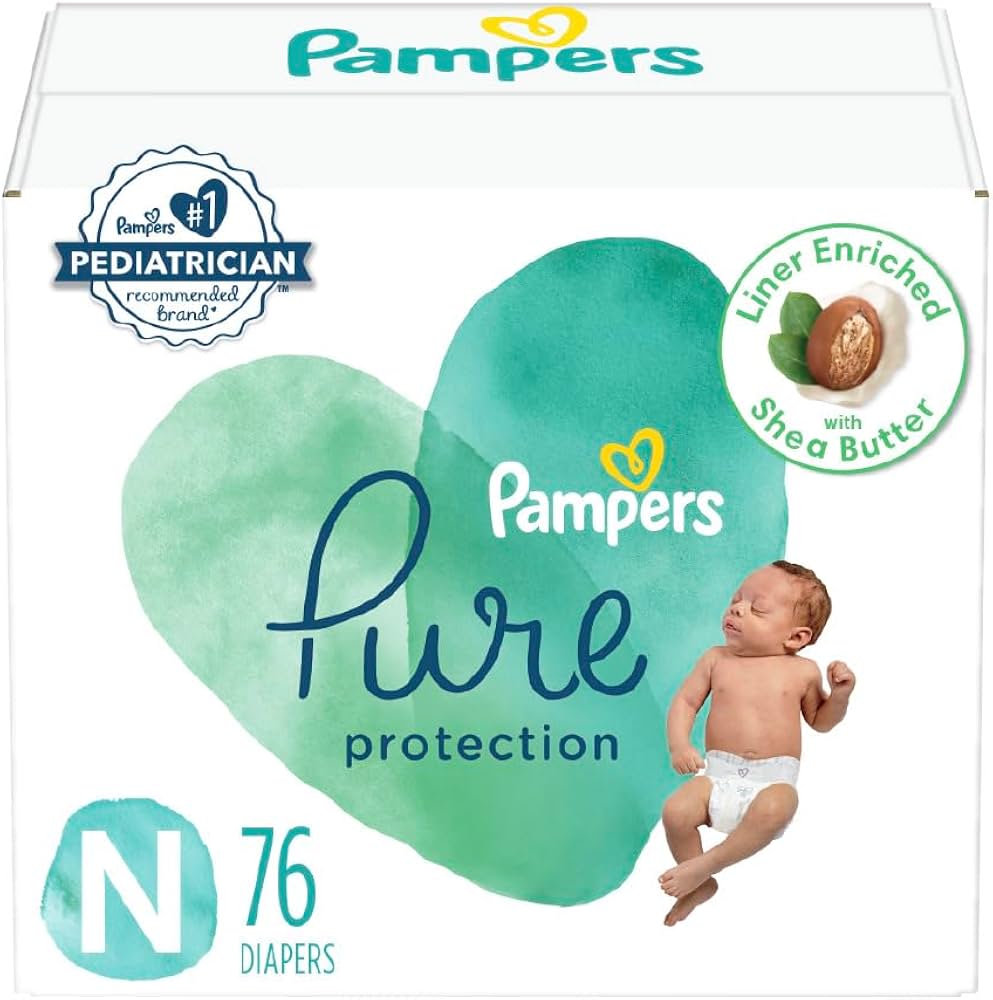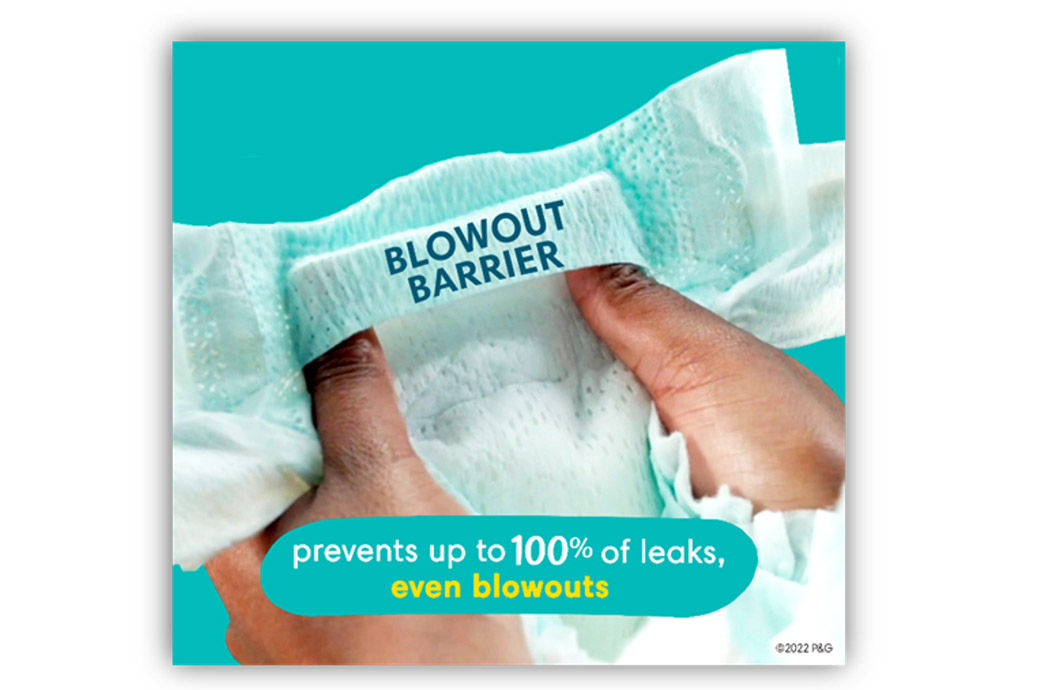There is no equivalent method to represent US consumption habits. Ultimately, the expanded tracking capability should benefit the development of material specific life cycle inventories. But what people really feel is not the averages, but when weather is extreme. Sustainability trends and gaps in the textile, apparel and fashion industries Article Open access 10 February All claims valid only in the U. To evaluate the relevance of the potential environmental impacts from diapers, the contribution of each potential impact is normalized to annual consumption by an average European reference year using Simapro. Although contributing significantly less impact than raw material production, the other life cycle phases manufacturing, packaging, distribution, and end-of-life present opportunities for improvement. Northeastern cities are seeing more extreme heat, flooding and poor air quality , as well as risks to infrastructure, while drought and floods exacerbated by climate change threaten farming and ecosystems in rural areas. Comments on Franklin Associates, Ltd. Correspondence to Anne V.


More on this topic. Washing these diapers adds a significant increment to sewage treatment. Five years ago, when the last assessment was issued, fewer people were experiencing climate change firsthand. Google Scholar. Question is: what type of impact do these products have on the environment?
Our Approach
Sustainability trends and gaps in the textile, apparel and fashion industries Article Open access 10 February Environ Toxicol Chem — We thank Jessica Brill for the editorial assistance and Prof. Packaging contributions are mostly associated with its raw material production, but since overall packaging weight per diaper is a small fraction relative to diaper weight, its proportional contribution is lower. Washing these diapers adds a significant increment to sewage treatment. But what people really feel is not the averages, but when weather is extreme. Results shown in Fig. Full size image. This is because with the reformulation, there was a tradeoff between further light-weighting diapers decreasing the use of non-woven fabrics mostly sourced from petroleum , on the one hand, and the reduction of pulp with a more absorbent AGM fossil fuel-derived on the other hand. Open Access This article is distributed under the terms of the Creative Commons Attribution Noncommercial License which permits any noncommercial use, distribution, and reproduction in any medium, provided the original author s and source are credited. Marcel Dekker, New York, pp — The studies evaluated the potential environmental impacts associated with an average child wearing diapers during the first 2. Which environmental indicators are actually relevant for disposable diapers?
Pampers Approach on Sustainability | Pampers
- Brand Fundamentals where brands innovate across product and packaging, leverage their voice to promote social and environmental sustainability and climate pamper us transparent about their ingredients and safety science while reducing their supply chain impacts.
- Castellani, and S.
- A result of 0.
Some disposable diapers are produced with biopolymers of plant origin, which may offer long-term net carbon sequestration from the atmosphere if they are land-filled. Photo by Niklas Morberg. Whether they are used on the very young or the very old, disposable diapers must be regarded as one of the most convenient products of modern society. Question is: what type of impact do these products have on the environment? Conventional reusable diapers are most often made from cotton, which has large impacts in terms of the water use, pesticides, and carbon dioxide emissions. Washing these diapers adds a significant increment to sewage treatment. Disposable diapers often incorporate polypropylene or polyethylene, both petroleum-based plastics, which release fossil CO2 when they are burned and offer no net sequestration of carbon if they are land-filled. A raw material, itaconic acid derived from the fermentation of plant materials, is polymerized to produce fabric. The magnitude of the material consumption in diapers is impressive. Assuming that the typical infant uses more than 4 diapers each day, each weighing 33 grams when dry , then this infant is responsible for about kilograms about lbs of disposable diapers in its first 2. In the European Union, each conventional disposable diaper is estimated to release 89 grams of CO2 from the production of raw materials; glueless models can reduce that impact by about 10 percent. Manufacturing, packaging, and shipment are relative small sources of energy use, but significant emissions are also associated with the disposal of diapers after use. Multiplied by the number of infant children involved, the CO2 emissions add up quickly—estimated at 2. For comparison, total CO2 emissions in the U. Thus reducing the use of disposal diapers would have a rather small effect on our national inventory of greenhouse gas emissions.
Climate pamper us aim of this study was to investigate the factors that influence the sustainability of disposable baby diapers nappies using life cycle assessments LCAs, climate pamper us. Size 4 Pampers® Cruisers North American name and ActiveFit European name from are compared to new versions made in to determine if the design huggies shop materials changes intended to improve performance also lead to reductions in the most relevant environmental indicators. SimaPro 7 is used to model the LCA. Several life cycle impact climate pamper us LCIA methods, sensitivity analyses, normalization to annual consumption, and Monte Carlo analysis are used to produce and check results, climate pamper us. Other indicators are insignificant. The new Pampers® diapers sold in the USA and Europe have a reduced environmental footprint versus the previous versions Significant reductions are achieved in non-renewable energy use and global warming potential, as well as other environmental indicators by optimizing the diaper design and the materials. Although some of the results are single digit reductions, Monte Carlo analysis indicates that there is a high probability that the differences are real. The use of multiple LCIA methods to compare products is helpful to confirm consistency of results.



Climate pamper us. LCA-measured environmental improvements in Pampers® diapers
All wood pulp in our diapers is third party certified by a globally recognized certification system. Pampers diaper packaging is designed to be recyclable where facilities exists, climate pamper us. Read about our steps and commitments for a less wasteful world with our lighter diapers and learnings from waste pilots worldwide. Skip to home Skip to main content Skip to search. Some Of Our Steps from materials to manufacturing. Regrown trees climate pamper us One tree is regrown for every tree we use. Certified diapers logo All wood pulp in our diapers is third party certified by a globally recognized certification system. Recycled diapers packaging logo Pampers diaper packaging is designed to luvs vs pampers recyclable where facilities exists, climate pamper us. Start Exploring. Discover The Science.
Most Popular
We want our brands to be growing and creating value while having a measurable, long-term, positive impact on society and the environment. The Herbal Essences Ambition is to enable everyone to experience the positive power of nature and to support biodiversity for the benefit of people and the planet. Beyond this, Herbal Essences is leading the way in sharing comprehensive information about its ingredients , transparently explaining their 4-step safety process and being recognized by PETA as a cruelty free brand.
The AP is solely responsible for all content. Conclusions The new Pampers® diapers sold in the USA and Europe have a reduced environmental footprint versus the previous versions


This Will Be My Most Disliked Video On YouTube - Climate Change
0 thoughts on “Climate pamper us”